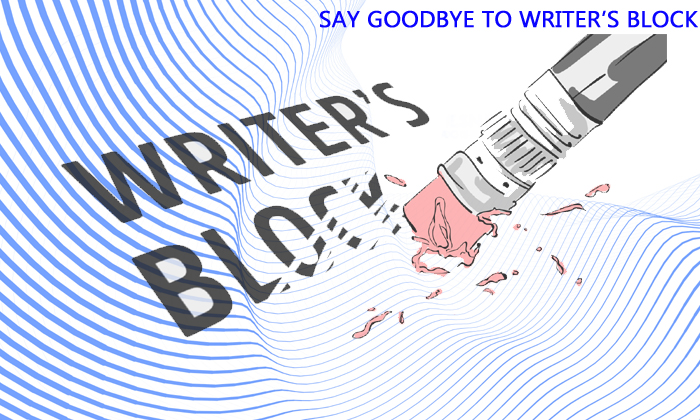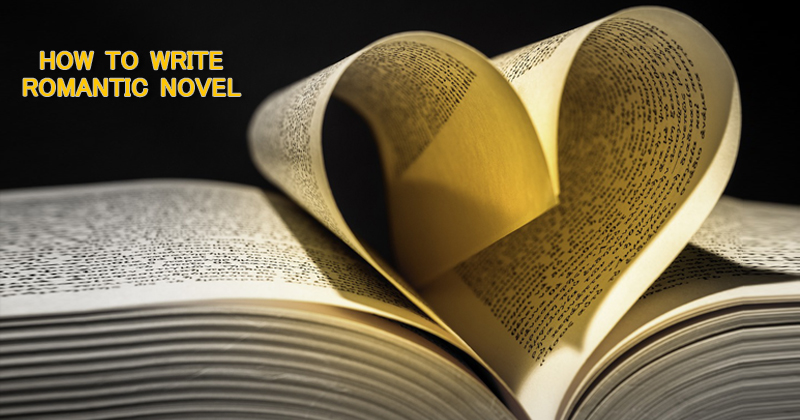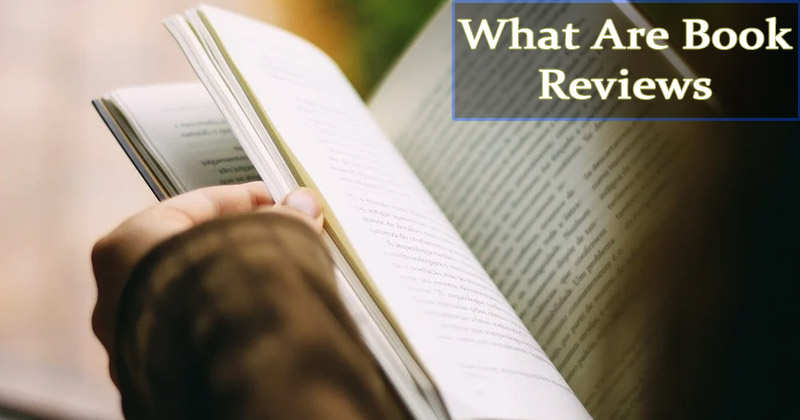
Writer’s block varies in intensity from very severe wherein one even abandons one’s career, to mild and temporary which happens with most. So what’s the worry? Most writers go through it at one time or another. The most common causes found for it are lack of inspiration, financial pressure, depression, illness, and a sense of failure. This also comes as a handy excuse to avoid thinking about what to write.
Writer’s block is a relatively modern notion, and the term was first coined in 1947 by Dr. Edmund Bergler, a famous Austrian psychiatrist living in New York City. These days, it is well accepted that its notion arose in conjunction with the sudden prestige of psychiatry in the United States after World War II.
The stress that comes with writing leads to panic. Some scientists believe that the reticular activating system in the brain stem will shift higher functions associated with writing from the cortex to the limbic system under duress. However, there are others that disagree. They opine that the creative writing process starts at the level of the limbic system, whereas more technical writing is initially fuelled by the frontal cortex. If both were true, all writing would come to a halt as functions shift from one location to the other.
Creative blocks can be selective
Writer’s block is generally seen in college and university students who consistently fail to turn in their written assignments. In such cases, procrastination is a major component of writer’s block. It is believed procrastination is learned, so education specialists claim that it can be unlearned. Among other things, perfectionism is also blamed for the block; it encourages some procrastination, and together these both promote writer’s block.
Writer’s block is also termed “creative block” or “creative inhibition.” It is becoming more mainstream but was little known by the early Romantic writers. It became more prevalent during the era of the French Symbolists, and lastly, was a raze during the period of the great American novel.
Writer’s block is a nearly unique American affliction though occasionally it occurs in other countries. In clinical matters, it is similar to attention-deficit disorder.

Quintessential writer’s block
Agraphia is the quintessential writer’s block as it refers to the physiologic inability to write. In this case, lesions in the brain, such as those induced by stroke or trauma, are present and explain its presence. Agraphia is nearly always accompanied by other language disabilities. In many cases, the inability to write may be physical, also called “writer’s cramp.” The writer’s cramp may also develop during typing and other activities such as using a screwdriver. Women writers compared with men are thought to be better. However, studies do not show significant differences in brain activation for either sex while writing.
Significant differences between good and poor writers were found while handwriting. It occurs mostly in brain regions involved with planning for serial finger movements. The opposite of writer’s block is also known to happen. It is called ‘graphorrhea’ and can be temporary or affect an individual all of his or her life. Hugo, Balzac, and Dickens probably suffered “graphorrhea.” Graphorrhea is a very broad term. It is also used for manic patients who compose long lists, many times containing only meaningless words as opposed to writing many great novels. With the evolution of psychiatry from an analytic discipline to chemical science, writer’s block was attributed to abnormal brain chemistry. On a serious note, writer’s block can be a manifestation of a dangerous underlying psychiatric disease such as schizophrenia, obsessive-compulsive disorder, or even substance abuse.
Suggested read: How To Be a Good Book Writer
Cure For Writer’s Block

Writer’s block has been assessed even in individuals who speak languages other than English. In most cases, creative block appears to be related to premature editing and to a lack of strategies for dealing with complex writing tasks. It is found that developing a strategy before the actual writing helps some individuals. Having a pre-planned structure eases the stress of writing and results in a better organized and flawless article. The ease of cut and paste makes attaining the desired structure easier today than in the past. The use of a computer with word-processing capabilities helps reduce creative block. Spelling is also closely related to the ability to write. The computer software that automatically correct spelling may help overcome writer’s block.
As writing is intimately related to reading, recognition of the written word is needed for both activities. Strategies for coping with curing writer’s block include list-making, group discussions, brainstorming, and engaging with the text. The recalcitrant blockage should be treated with extensive therapy.
Other cures
Other cures include “automatic writing” wherein texts are produced from the subconscious without conscious awareness. Instead of coming directly from the writer’s mind, it is believed that automatic writing came from external spirits. This channelling of writing from a spirit is called “psychography.” Both of these phenomena may be explained as “ideomotor effects’ which means just an activity of which we are partially or completely unaware. It is even argued and proven by fMRI that ideomotor effects originate in the brain and not outside of it. So, there are two different perspectives to it.
Writer’s block is not uncommon but science and research have proved it is not incurable. With the right approach, strategies and personal drive one can win surmount it.

Related Post

How To Write Romantic Novel
Romantic books have always captured our imagination. They contain the




